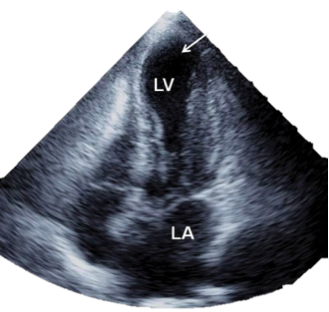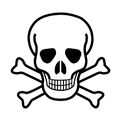References: Stout BJ, Hoshide R, Vincent DS. Takotsubo Cardiomyopathy in the Setting of Acute Alcohol Withdrawal. Hawai’i Journal of Medicine & Public Health. 2012;71(7):193-194. Peng TJ, Patchett ND, Bernard SA. Takotsubo Cardiomyopathy and Catatonia in the Setting of Benzodiazepine Withdrawal. Case Reports in Cardiology. 2016;2016:8153487. doi:10.1155/2016/8153487. Spadotto V, Zorzi A, ElMaghawry M, Meggiolaro M, Pittoni GM. Heart failure due to “stress cardiomyopathy”: a severe manifestation of the opioid withdrawal syndrome. European Heart Journal Acute Cardiovascular Care. 2013;2(1):84-87. doi:10.1177/2048872612474923. Authored by: Russell Trigonis, MD
0 Comments
Your comment will be posted after it is approved.
Leave a Reply. |
Toxicology BlogAuthorEM Rotators on Toxicology Selected by Feedspot as one of the Top 20 Toxicology Blogs on the web
Archives
March 2018
Categories
All
Disclaimer: All images included on this blog are the sole property of CMC EM Residency and cannot be used or reproduced without written permission. Patient identifiers have been redacted/changed or patient consent has been obtained. Information contained in this blog is the opinion of the author and application of material contained in this blog is at the discretion of the practitioner to verify for accuracy.
|


 RSS Feed
RSS Feed
